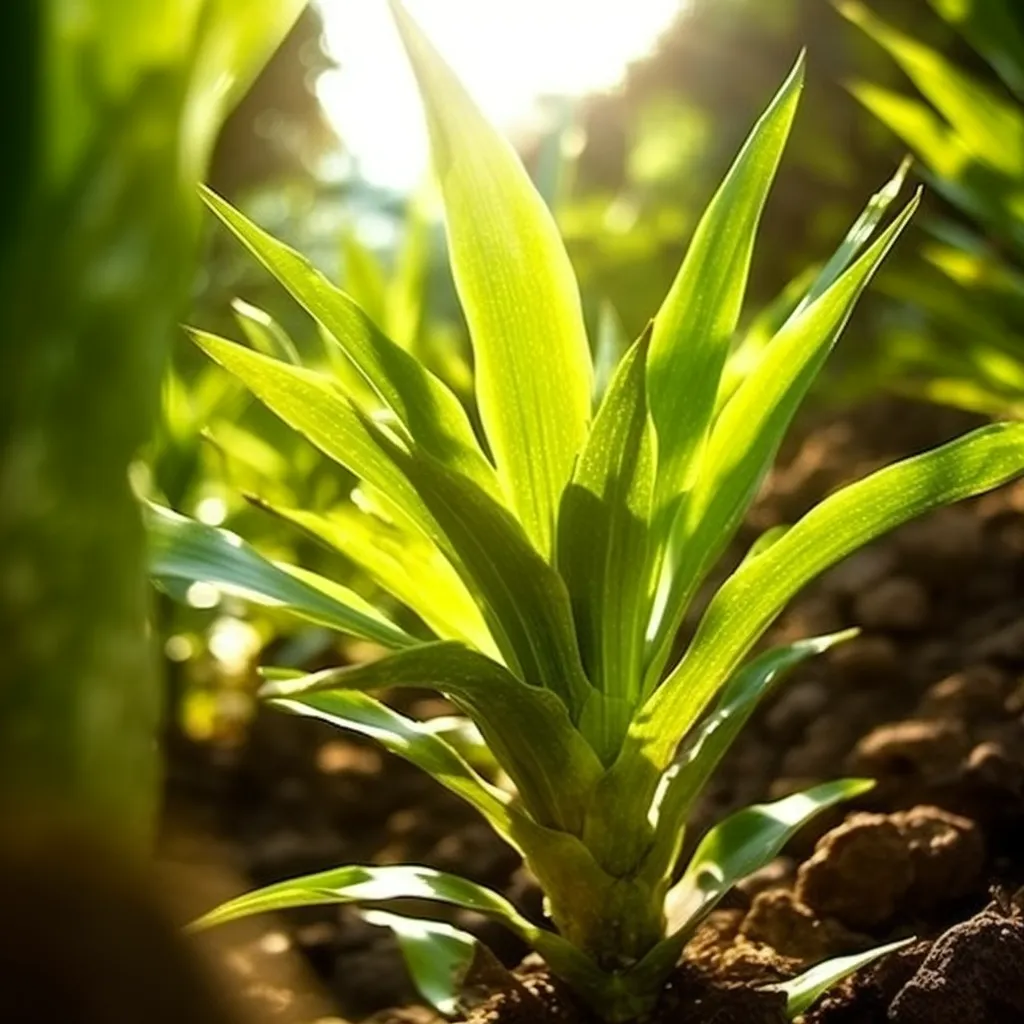Story of Day :
Contents
A Complete Guide and Care Tips for Bromeliad Plants
Are you looking to add a touch of tropical paradise to your garden or indoor space? Look no further than the beautiful bromeliad plant.
With their vibrant colors and unique shapes, bromeliads are sure to catch the eye of any green-thumb enthusiast.
In this guide, we’ll take a closer look at everything you need to know about caring for these striking plants.
What is a Bromeliad Plant?
Bromeliads are tropical plants that belong to the family Bromelioideae.
They are native to South America, Central America, and some parts of North America.
There are over 3,000 species of bromeliads ranging in size from miniatures that fit in the palm of your hand to large specimens that can reach up to 10 feet tall.
Bromeliad Plant Care Tips
 When it comes to taking care of bromeliad plants, there are a few key things you need to keep in mind:
When it comes to taking care of bromeliad plants, there are a few key things you need to keep in mind:
Lighting:
Bromeliads thrive in bright but indirect sunlight.
Direct sunlight can scorch their leaves while too little light can cause them not to flower.
- If growing indoors make sure they have access
to plenty of natural light. - If growing outdoors place them under partial shade where they receive dappled sunlight.
Watering:
Unlike other plants which require watering on a regular basis, bromeliads absorb water through their leaves using special structures called “trichomes”.

- The best way is by filling up the central cup (also known as rosette) formed by its leaves with water every week or two.
- You can also mist them occasionally especially if indoor humidity is lower than 40%.
- Make sure to flush the cup out regularly with fresh water to prevent stagnant water and bacterial growth.
Soil:
Bromeliads are epiphytes, meaning they grow on trees or other plants in their natural habitat.
However, they can also grow in soil when potted.
- You can use a well-draining potting mix or orchid bark mix which allows for good air circulation and drainage.
- Avoid using heavy soils that hold onto moisture as this can cause root rot.
Temperature and Humidity:
 Bromeliads prefer warm temperatures between 60-80°F (15-27°C) with high humidity levels between 40-60%.
Bromeliads prefer warm temperatures between 60-80°F (15-27°C) with high humidity levels between 40-60%.
- If growing indoors place them near a humidifer or pebble tray filled with water to increase indoor humidity levels especially during winter months when central heating dries the air.
- If growing outdoors select a spot that receives some shade as intense sun can scortch the leaves while frosty conditions will kill most species.
Bromeliad Plant Types
As previously mentioned, there are over 3,000 species of bromeliads each with its own unique characteristics.
However, there are two main types of bromeliads: 
Tank Bromeliads:
These types of bromeliad plants have leaves arranged in such a way that they form a vase-like structure at their center where they store water.
They include popular members such as Aechmea, Guzmania and Vriesea.
Atmospheric Bromeliads:
These types of bromelaid plants do not form tanks like tank bromeliads but instead absorb moisture through their leaves.
They include popular members such as Tillandsia and Neoregelia.
Common Problems With Bromeliad Plants
While bromeliads are relatively easy to care for, they can still experience a few problems if not given the proper growing conditions.
Overwatering:
Overwatering is one of the most common mistakes made when it comes to caring for bromeliad plants.
Too much water can cause root rot which will eventually kill the plant.
Dry Air:
As mentioned earlier, bromeliads require high levels of humidity.
If grown in an area with low humidity levels, you may need to supplement with a humidifier or pebble tray filled with water.
In Conclusion
Bromeliad plants are beautiful and unique additions to any garden or indoor space.
By following these care tips outlined above you’ll be sure to enjoy their vibrant colors and striking foliage for many years to come!